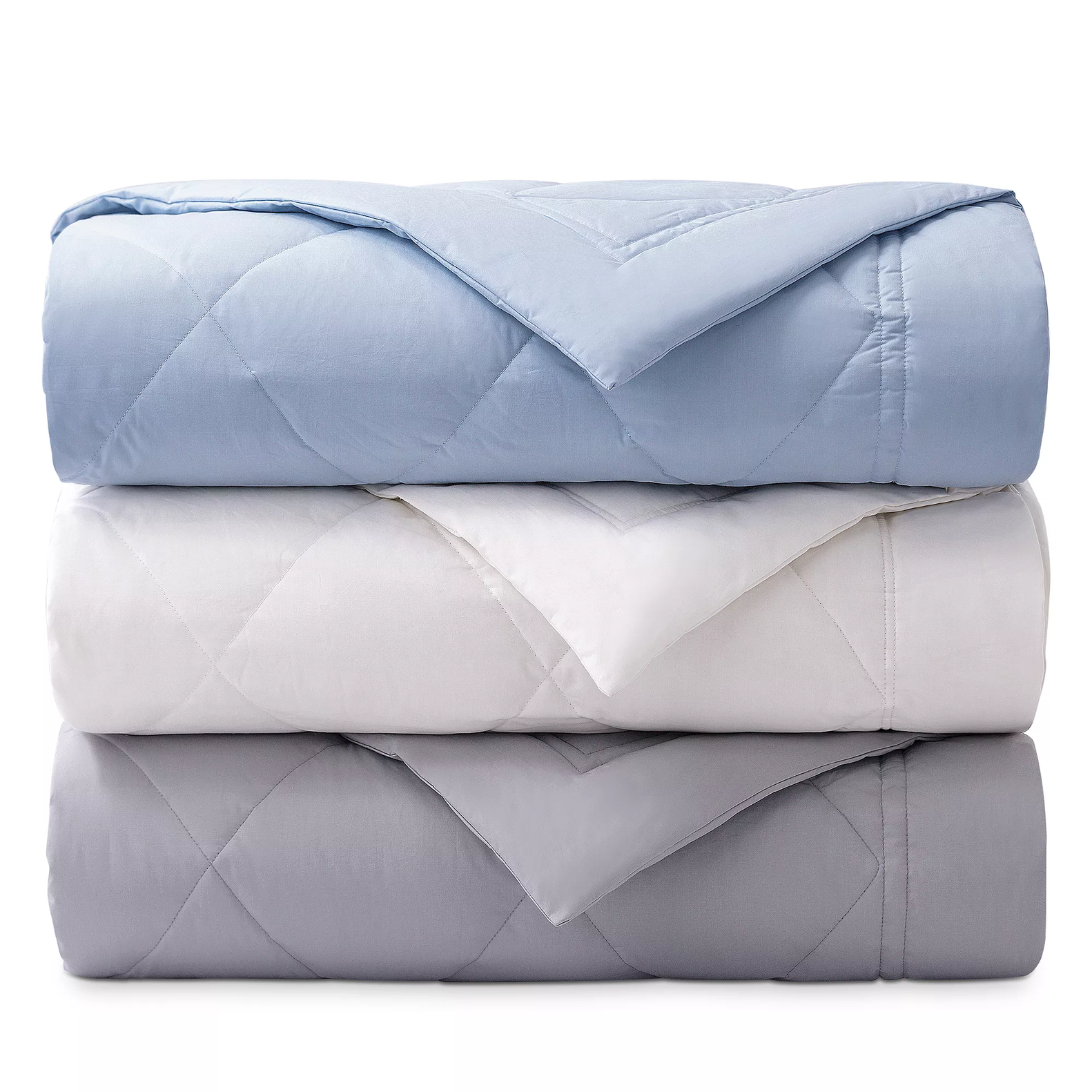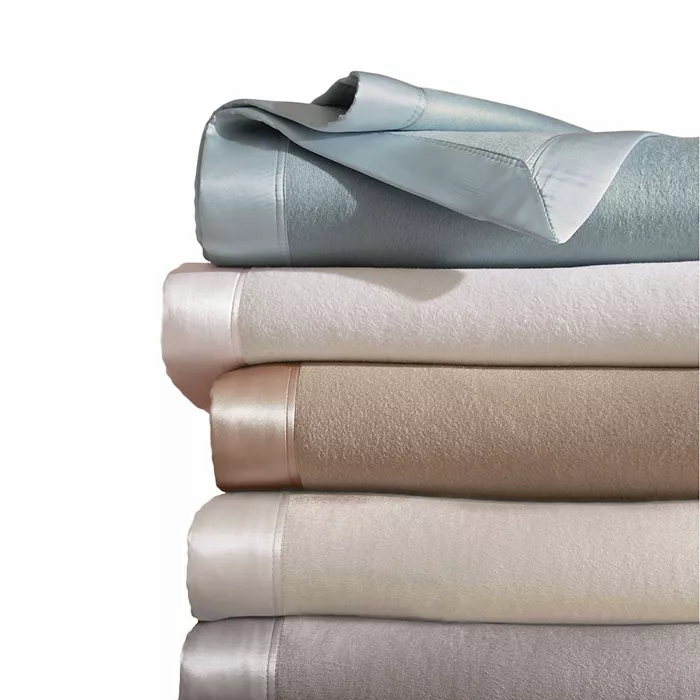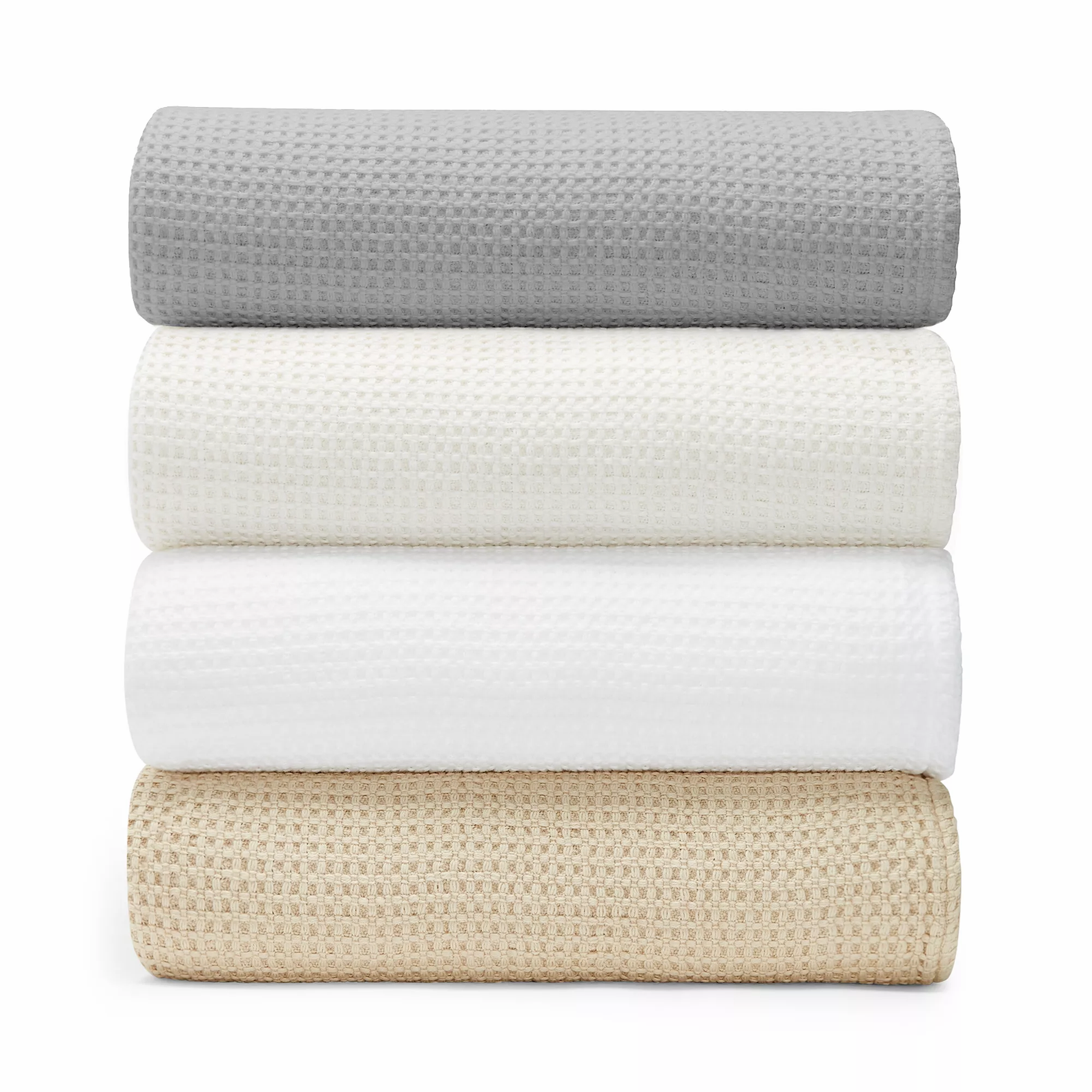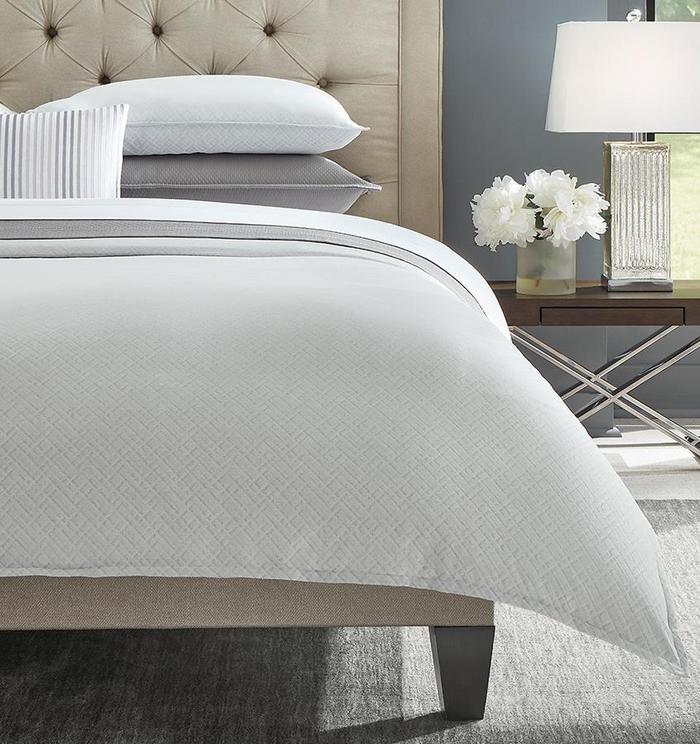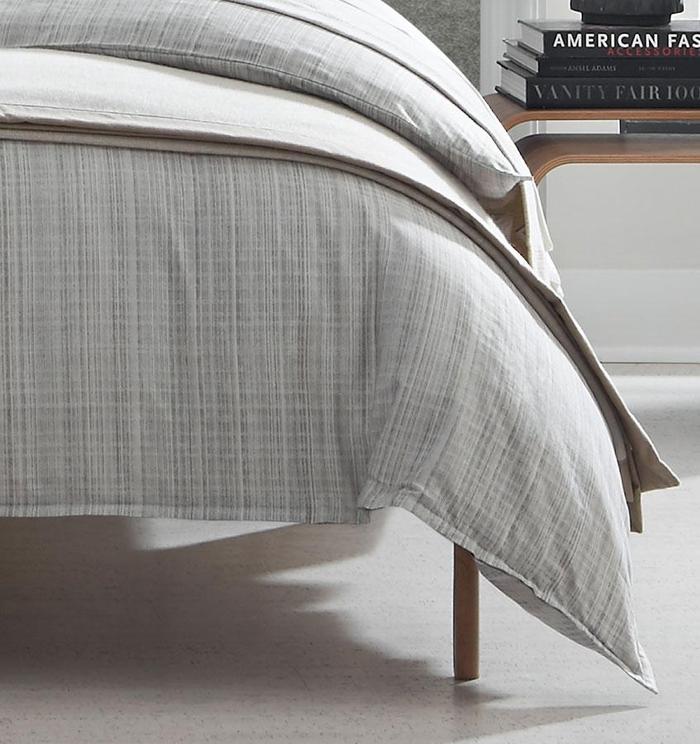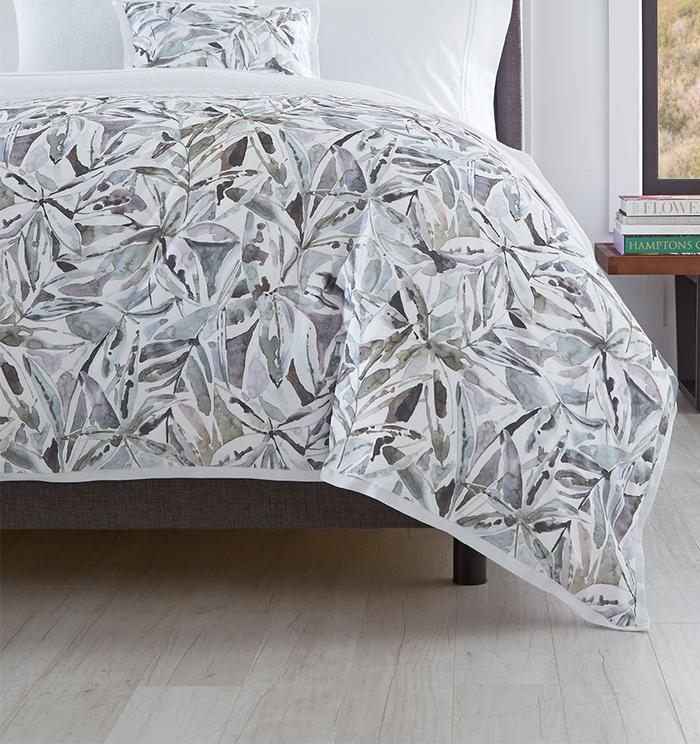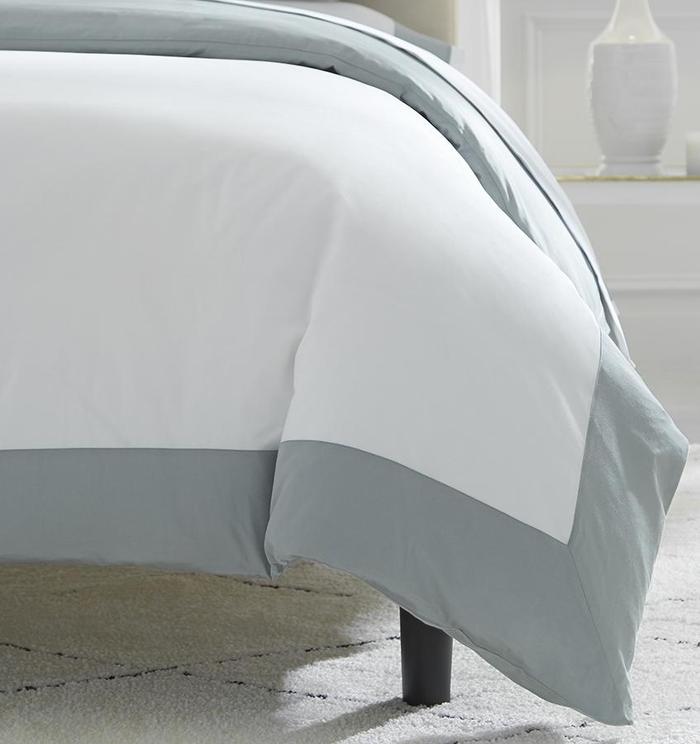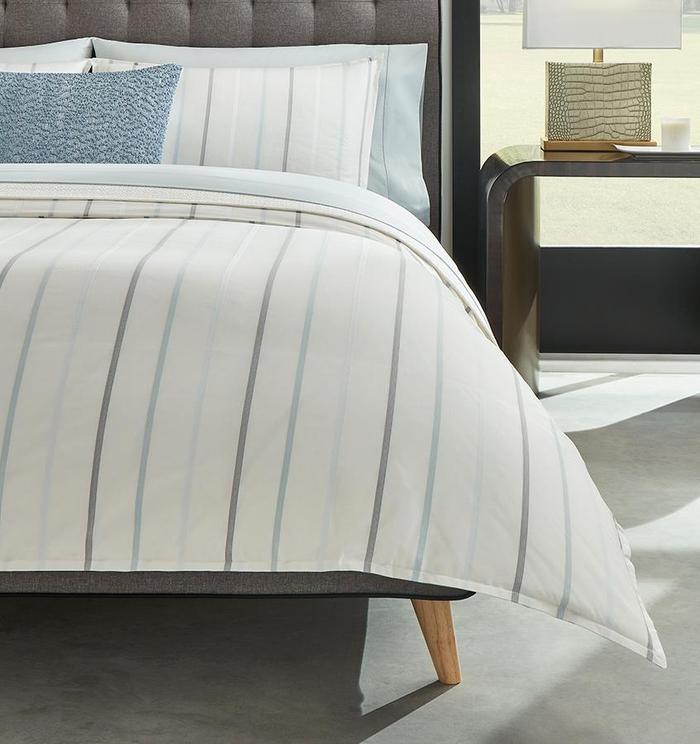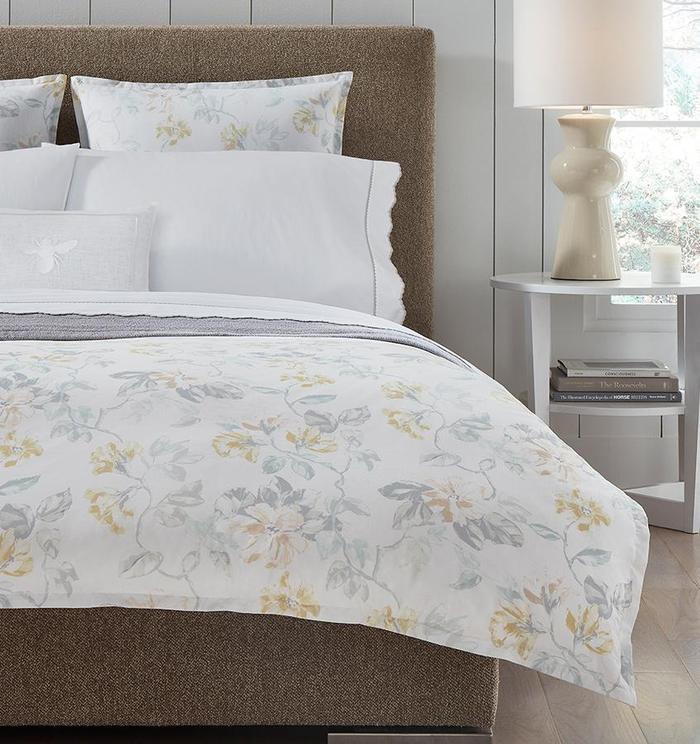Duvets and coverlets and shams… oh my!
Today’s blog is all about bedding – from the mattress on up (and down, in one case). Bedding used to be rather simple… you had sheets and blankets… but times have changed and bedding is not just utilitarian anymore, it has become a way to make the bed a beautiful focal point in a room. We thought it would be a good idea to educate with a crash course named Bedding 101.
So you have your bed and your boxspring and your mattress. Now what? Next comes the mattress pad – the quilted layers of a mattress pad add a bit of softness and protection to the mattress . Mattress pads typically have elasticized side fabric that hold the pad in place.
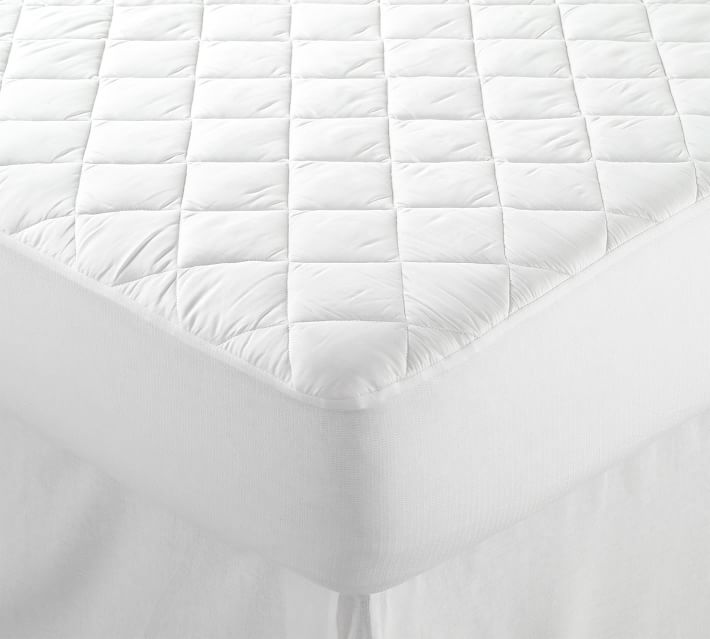
Above the mattress pad we have the sheets – the fitted sheet that goes over the mattress pad and the flat sheet that gets tucked under the mattress at the foot of the bed. Pillowcases are used to protect the pillows that you will use while you sleep (we will call these “sleeping pillows”.) Sheets are sold in one of two ways – in a complete set that includes the fitted sheet, the flat sheet and pillowcase(s) or with each piece sold individually. Sheets come in twin, twin XL, full, queen, king and California king, and in various qualities of cotton, cotton mixes, satin, bamboo, etc. Sheets come in an almost endless supply of solids and prints and are utilitarian and/or decorative.
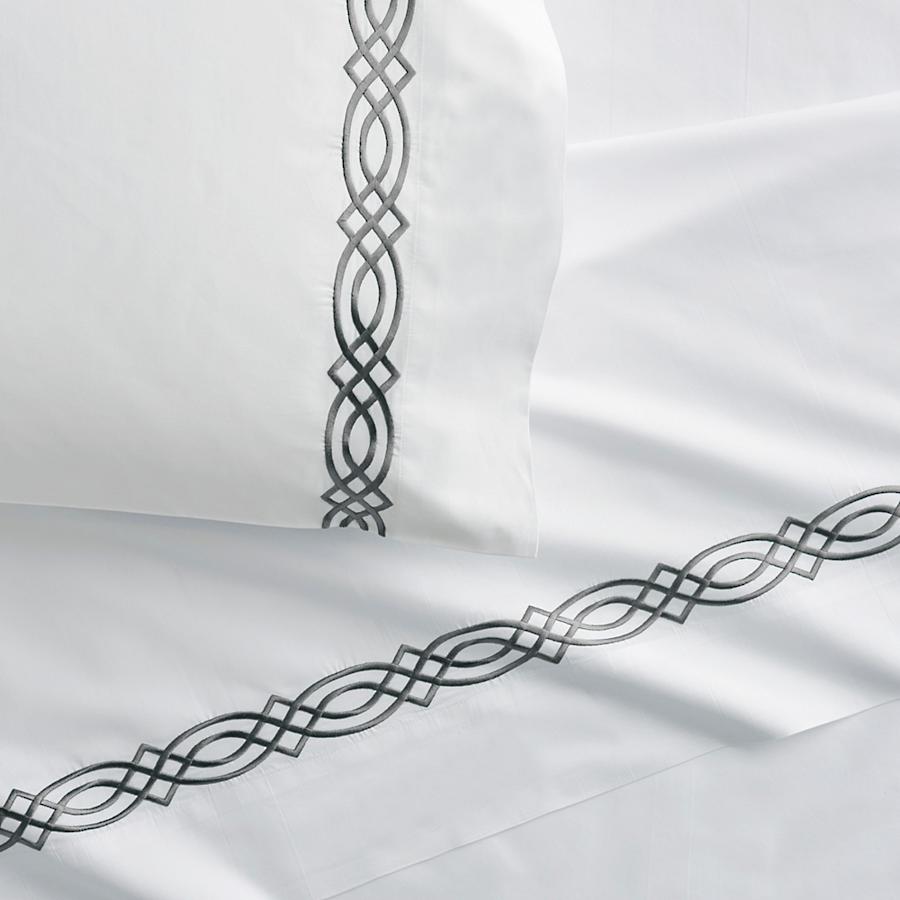
Often times, a blanket comes next. Blankets can be made of cotton, cotton mixes, knits, polyester, and wool just to name a few. The purpose of a blanket is to provide a layer of warmth for sleeping. They come in different weights – lighter for summer and heavier for colder months. Similar to sheets, blankets are utilitarian and/or decorative.
These are the basics. Next, we discuss what goes on top of your sheets/and or blanket. This is the fun part!
The duvet. A duvet is typically made from fabric that is sewn to create a large bag and is usually filled with down or other types of soft materials. The word “duvet” is French for “down” which is often times the fill of a duvet. Duvets are typically white and can be used as a layer of warmth on a bed. Duvets come in various levels of warmth. Often times people refer to duvets as comforters. But we will discuss comforters soon.
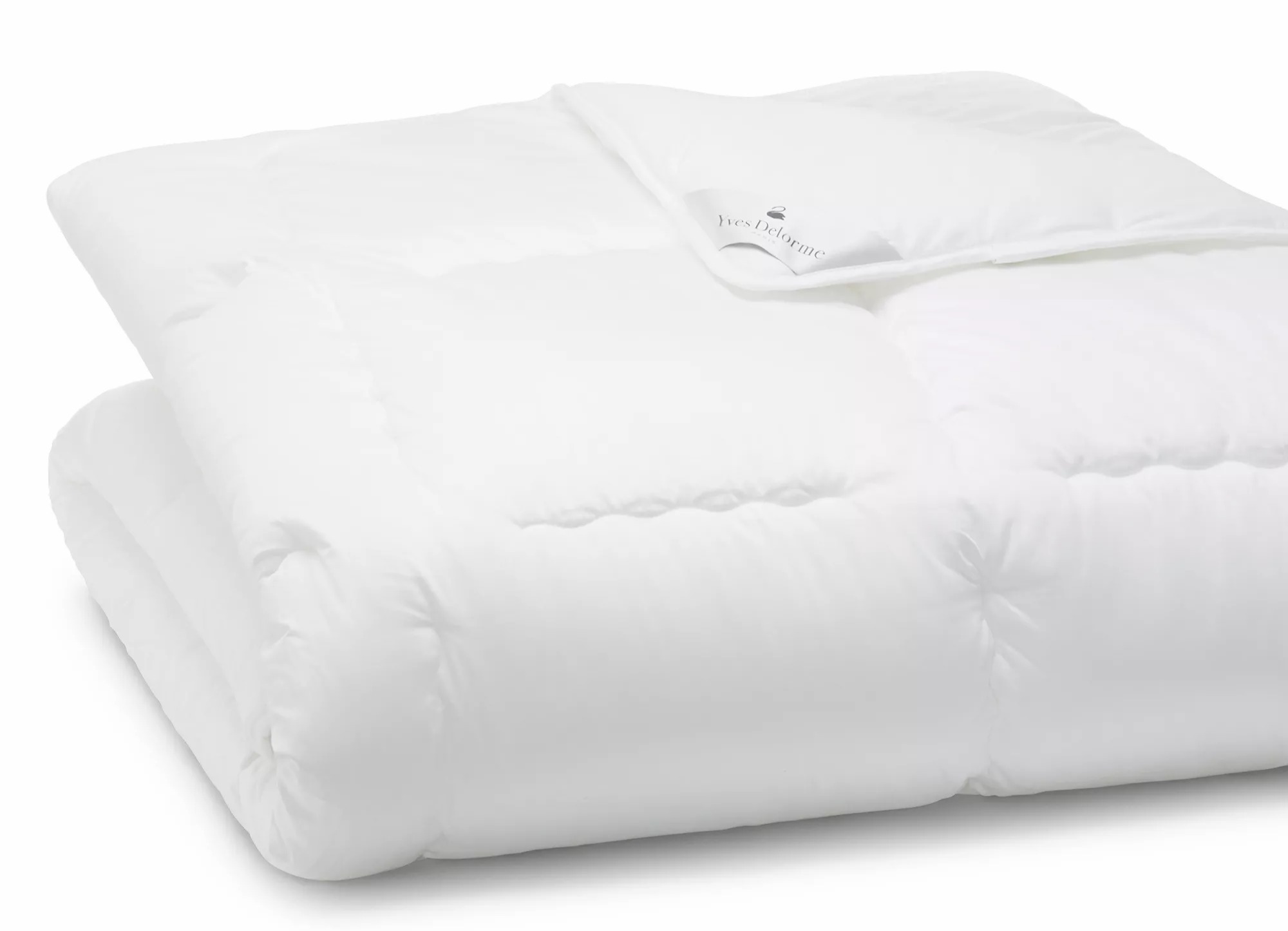
A duvet cover is basically two pieces of fabric that are sewn together on three sides that the duvet is inserted into to protect the duvet and to add a decorative element to the duvet. After the duvet is inserted into the duvet cover, the fourth side of the duvet cover has either buttons or a zipper to keep the duvet inside. Duvet covers are either sold individually or as a set with pillow shams. As you can see below, duvet covers come in a large variety of patterns, textures, styles and colors. A positive to using a duvet cover is that you can use the same duvet and replace the duvet cover periodically. Some use the duvet and cover for sleeping, while others use it for decoration only.
Another option for a bed cover is a comforter. A comforter, like a duvet, uses two piece of fabric, but unlike a duvet cover, the comforter has a fluffy layer of fill in between and is stitched to keep these three layers together. Like the duvet cover, comforters come in a variety of colors, patterns and textures. One advantage of the duvet cover over the comforter is that the duvet cover will fit in a washing machine much easier than a comforter will. You can always tell the difference between a comforter and a duvet/duvet cover by the stitching on the comforter.
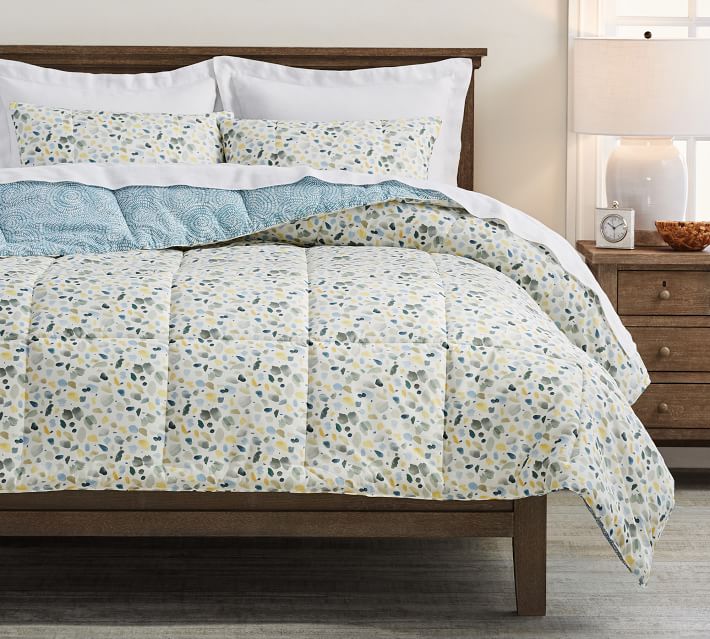
Next, quilts and coverlets. A quilt is a bedding layer that is similar to the comforter (two layers of fabric with batting in between sewn together), however the fill of a quilt is not as fluffy as that of a comforter.
A coverlet is a bedding layer usually made of matlasse. A coverlet appears to be quilted, but only has one layer of fabric and that fabric.
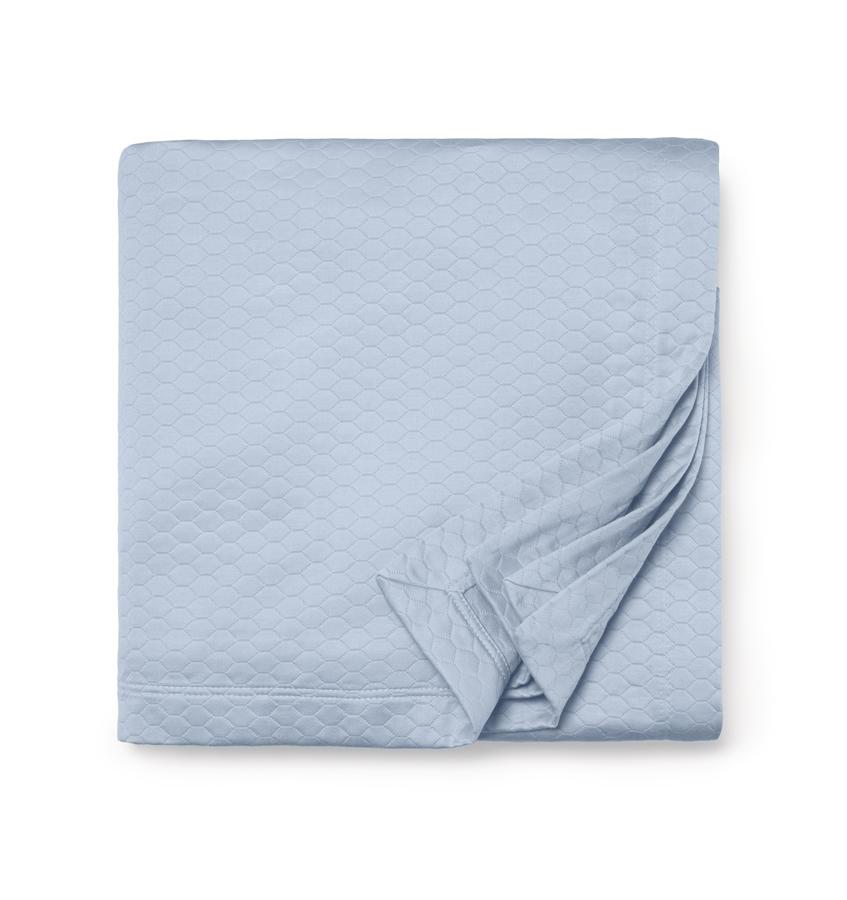
Pillow shams are decorative covers for your pillows. Shams can be either standard, king or Euro. Standard are for full and queen sized beds, king are for king beds and Euros are square and sized at 26″x26″.
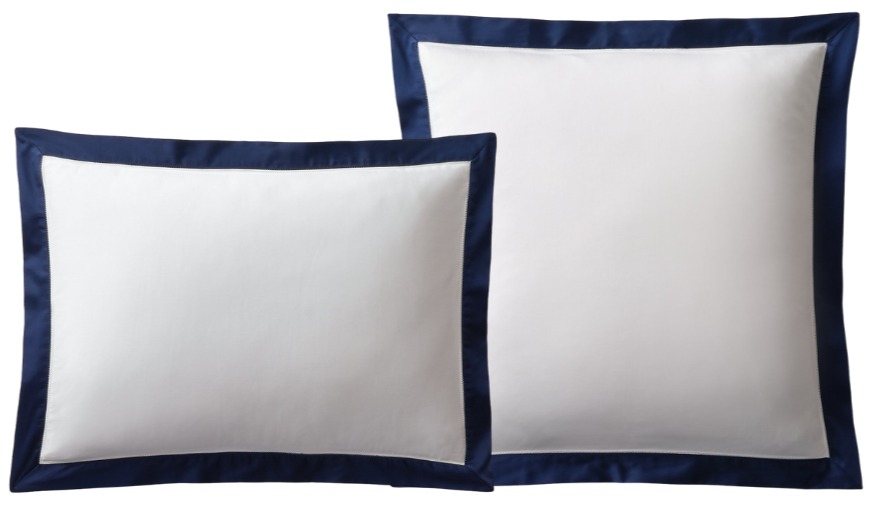
Decorative pillows are simply that – decorative pillows that come in many sizes, colors, patterns and textures. A few other items we’d like to review are the bedskirt and the bed scarf. A bedskirt goes around the bottom of a bed to hide a metal bedframe or whatever supports the bed. These come in many different colors, textures and patterns. Furthermore, they come in different styles such as pleated and ruffled to name a few. A pleated bedskirt is shown below.
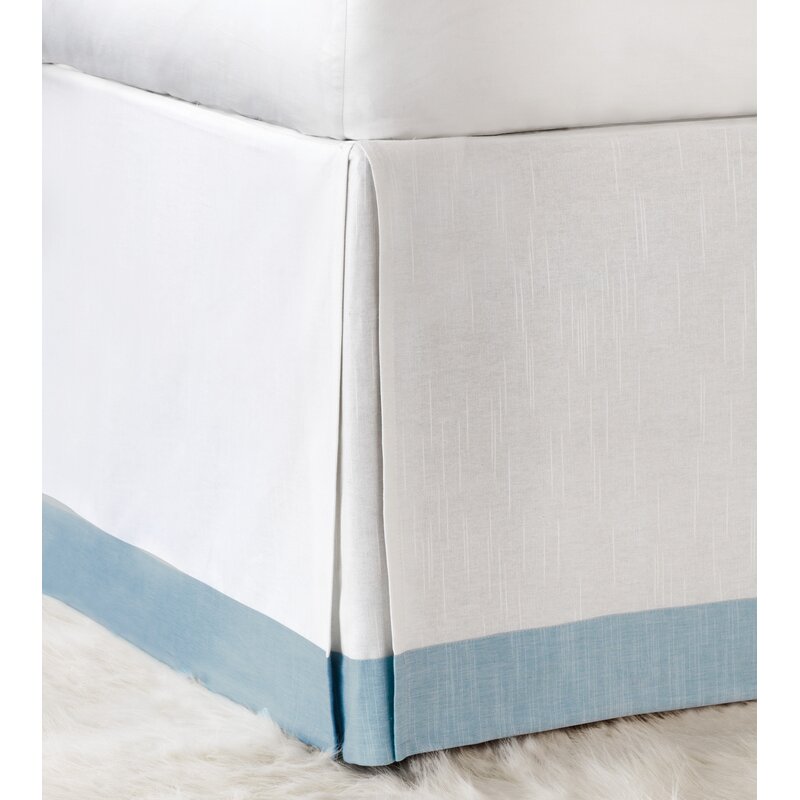
A bed scarf or bed runner, as it is sometimes called, is a fabric layer at the bottom of the bed. It is usually composed of a front fabric, a center batting and a back fabric and often has trim around the entire thing. Bed scarfs were originally used to keep dirt from getting on the bed when someone was sitting on the bed and wearing shoes. Now it is often just a way to decorate the bottom of the bed with color, pattern or texture.
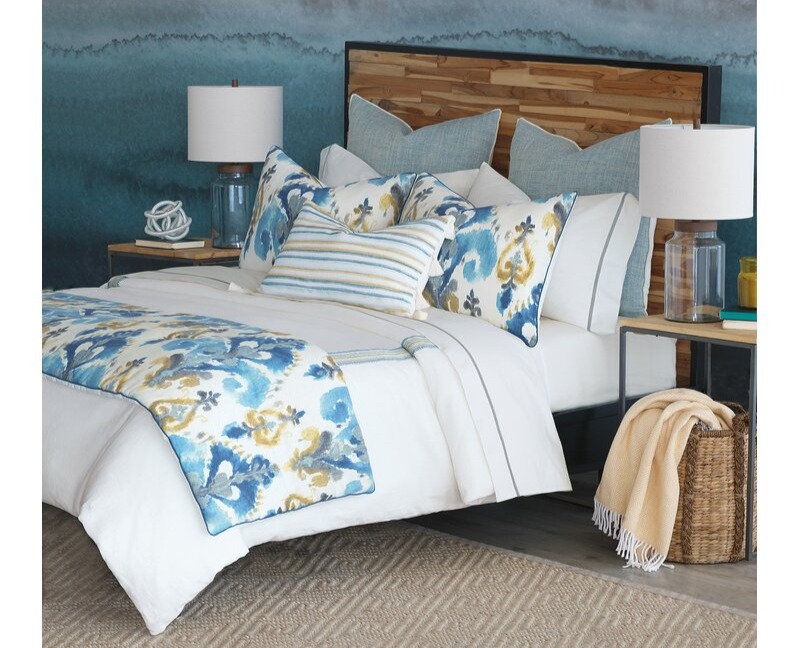
Now that you know many of the common pieces of bedding, let’s see how they can be arranged on a bed…
These bedding ensembles show an embroidered duvet cover with a quilt at the foot of the bed. The top of the bed consists of a sleeping pillow with an embroidered pillowcase, a Euro sham, an embroidered standard sham that matches the duvet cover and a decorative embroidered pillow.
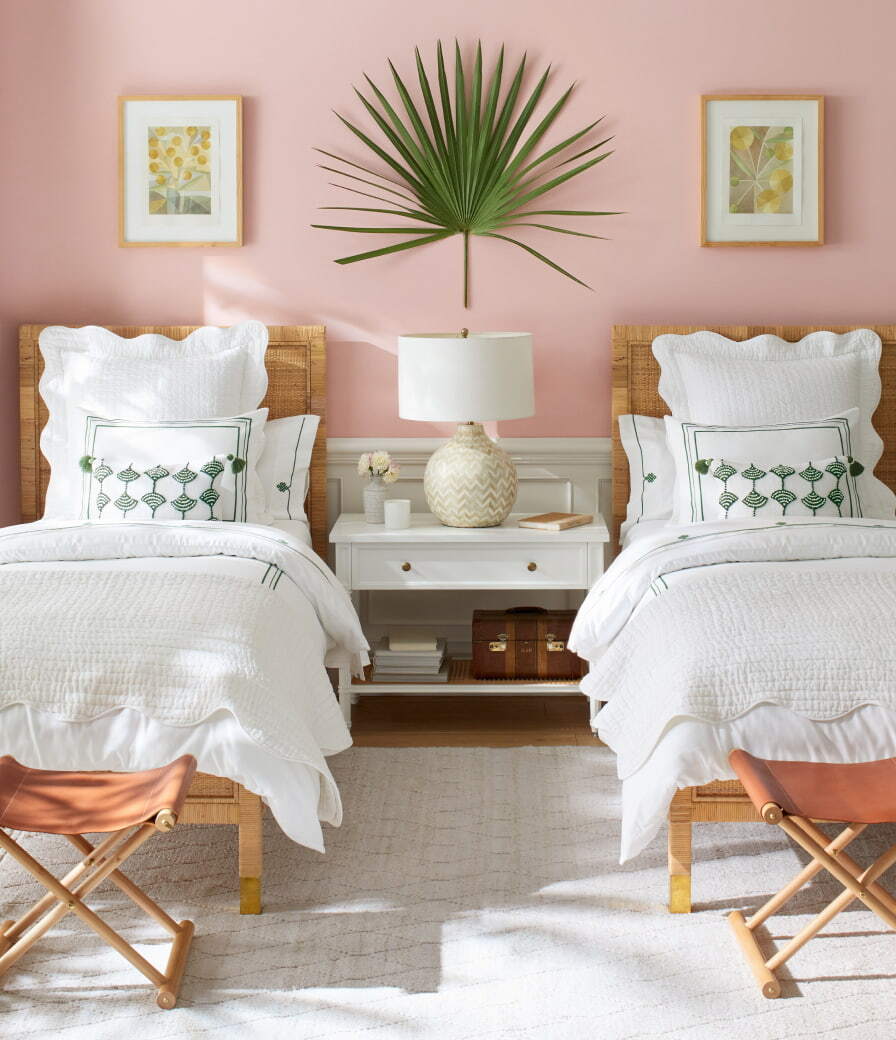
Serena & Lily
This next bed shows a decorative sheet with a tucked in navy coverlet and a duvet and duvet cover at the foot of the bed. At the top of the bed are the sleeping pillows followed by Euro shams and a single navy decorative pillow.
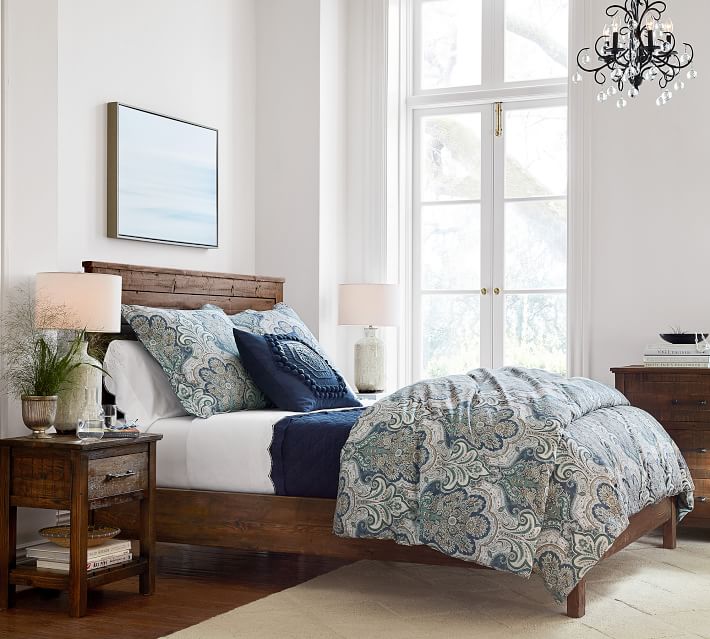
Pottery Barn
Lastly, this bed has a comforter, sleeping pillows, Euros, standard shams and a whole bunch of decorative pillows. How many decorative pillows is too many? If you’re spending too much time removing pillows at the end of the day and adding them to a freshly made bed in the morning, you probably have too many! We hope you learned something, and as always, thanks for reading!
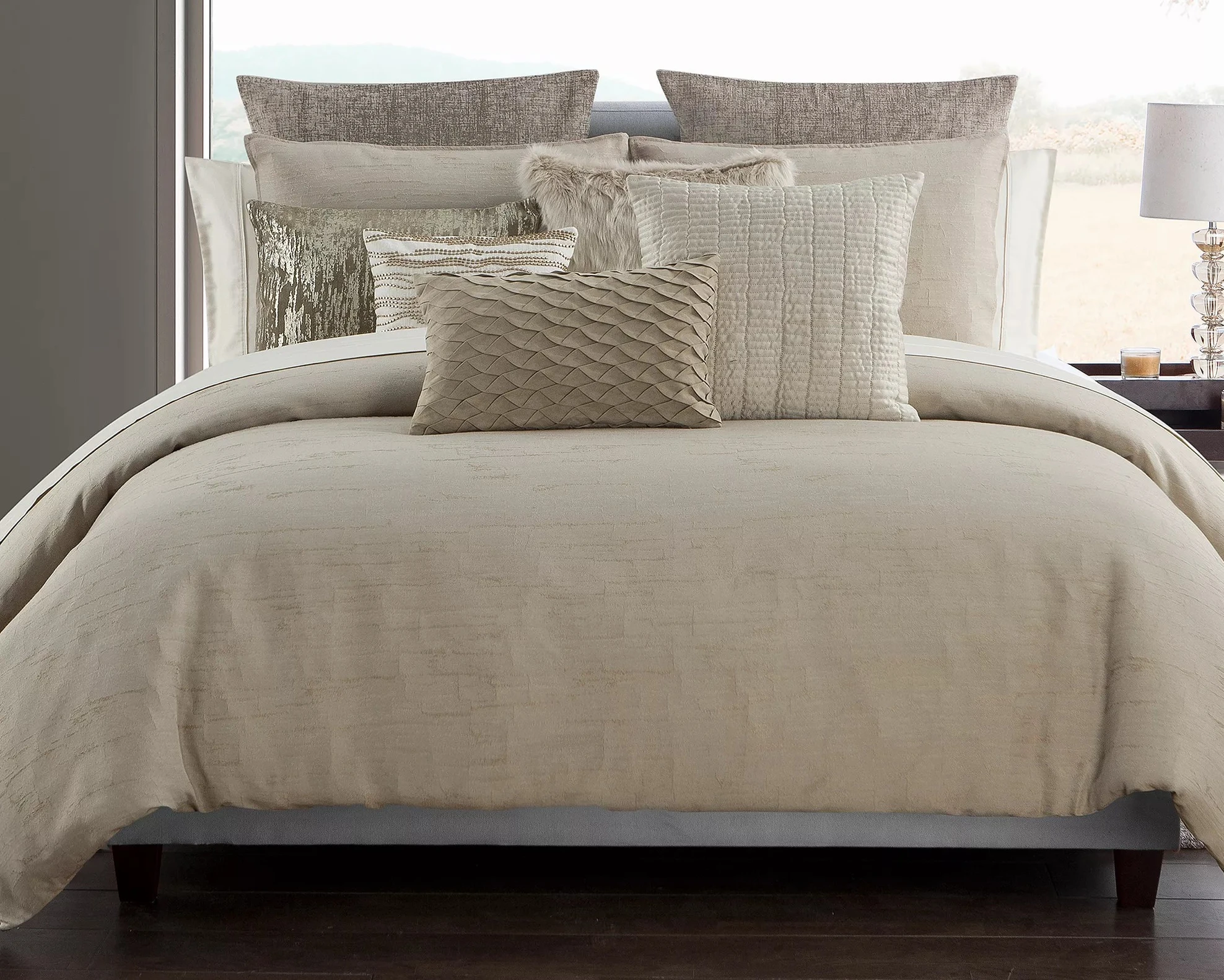
Perigold

